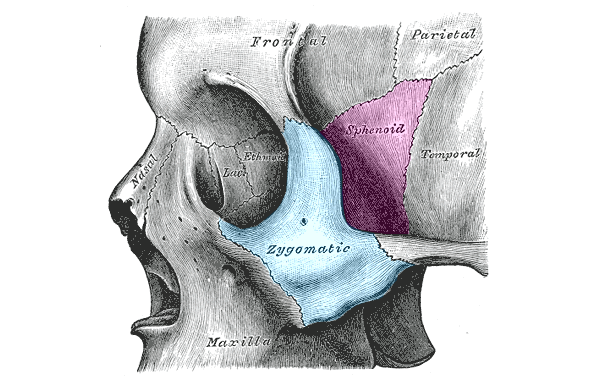23/02/2021
Until very recently, those who suffered from bone loss in the upper jaw did not have many options to recover their smile, since dental implants need a solid base on which to be placed. This situation can occur for different reasons: Prolonged edentulism (loss of teeth) Long-term use of removable dentures Trauma Due to generalized...
01/04/2019
It is vitally important to replace those missing dental pieces that, for one reason or another, we lose throughout our life, since not doing so can have consequences of varying degrees of severity. When you lose a tooth, the bone surrounding the roots of the said tooth begins a process of resorption, a kind of...
19/03/2019
Dental implants have an average lifespan of 15 to 25 years. However, numbers may vary based on a number of factors. In most cases, the implant itself is permanent, since titanium (implant material) fuses with the jawbone in a process called osseointegration, and lasts as long as the jawbone is there, often during the rest...
22/05/2018
These two types of implants, because they have a longer length than regular implants, are in a special category of dental implants used in cases where the patient has significant bone loss. Like most regular implants, zygomatic (or zygomatic) and pterygoid implants are made of titanium, and the biggest difference between them is their placement...











